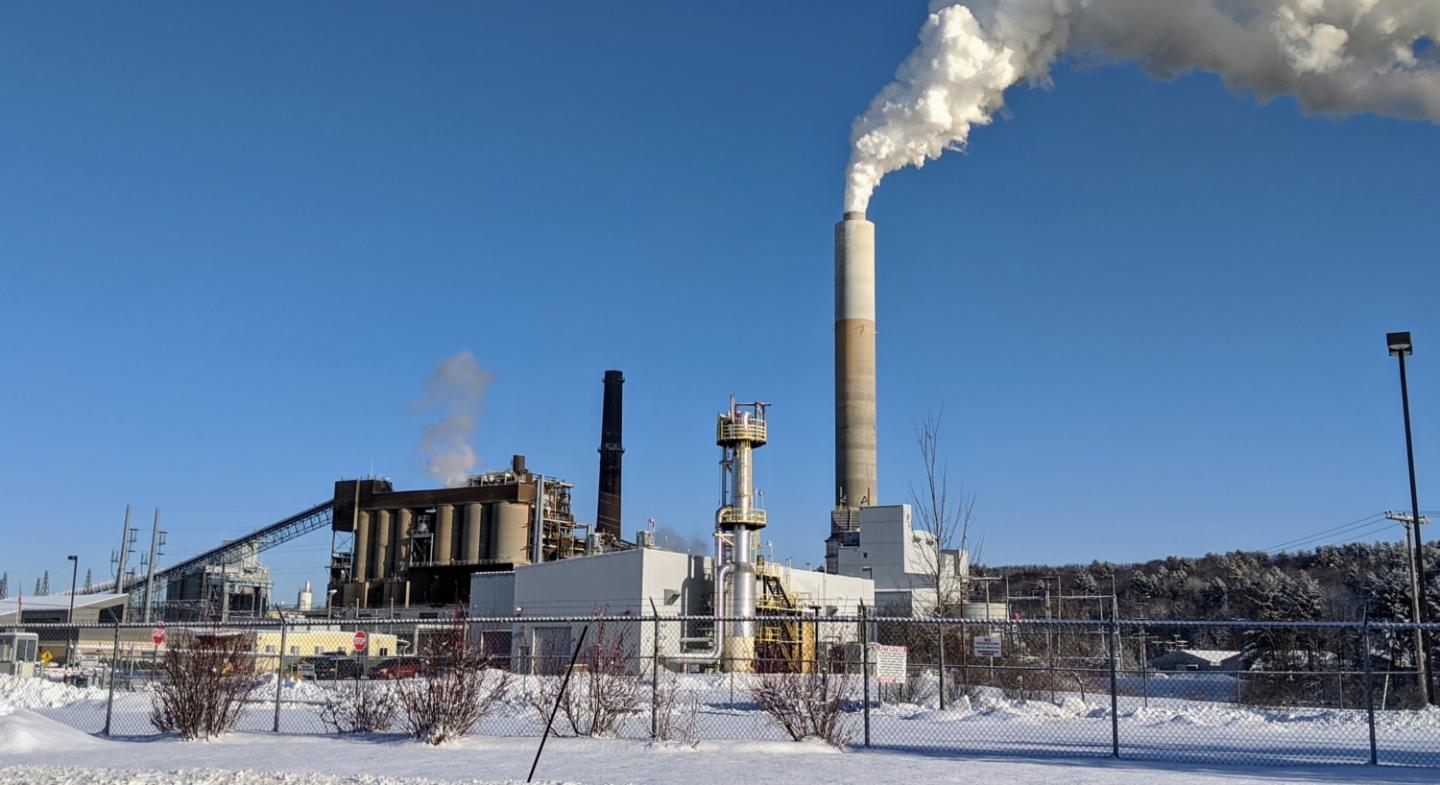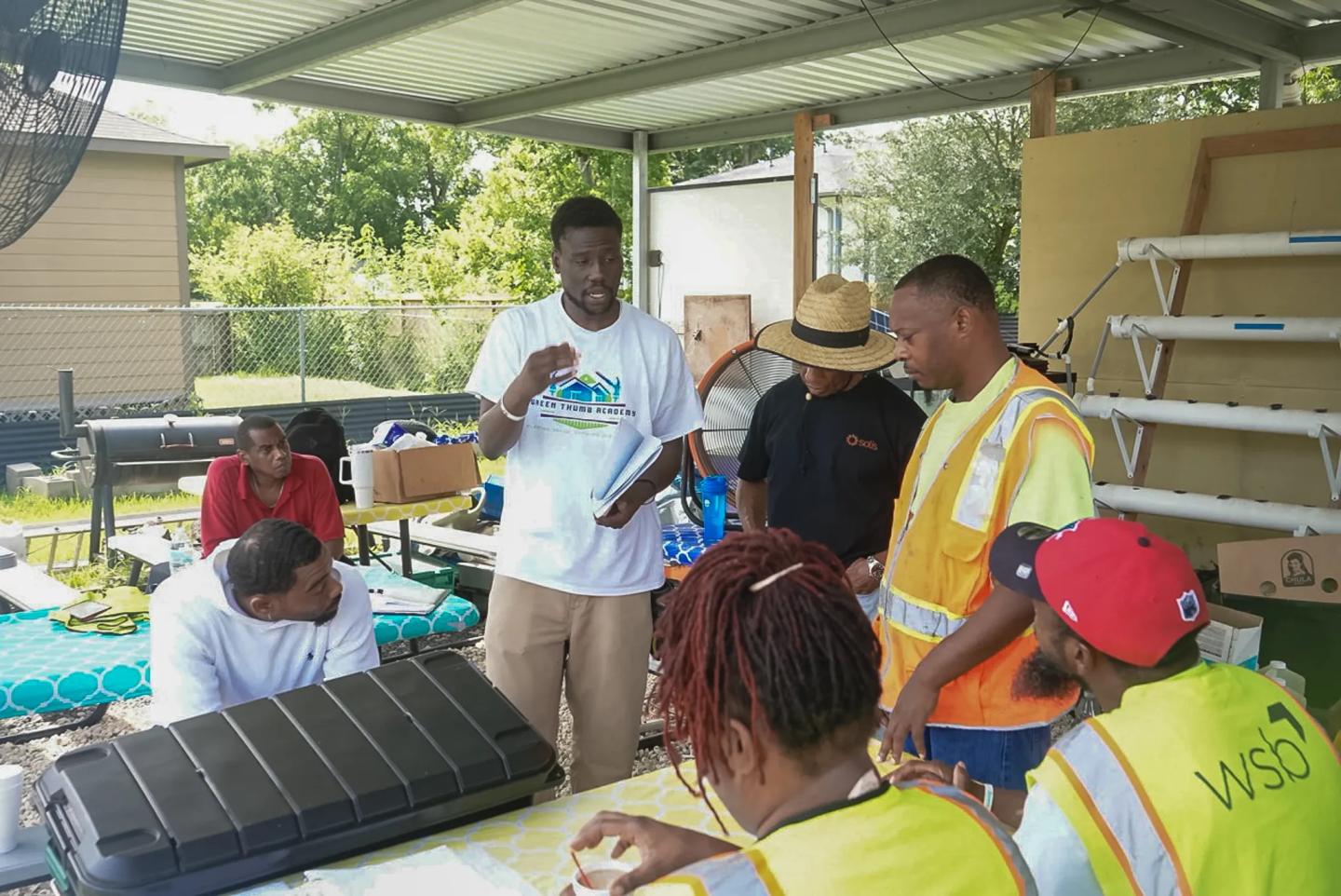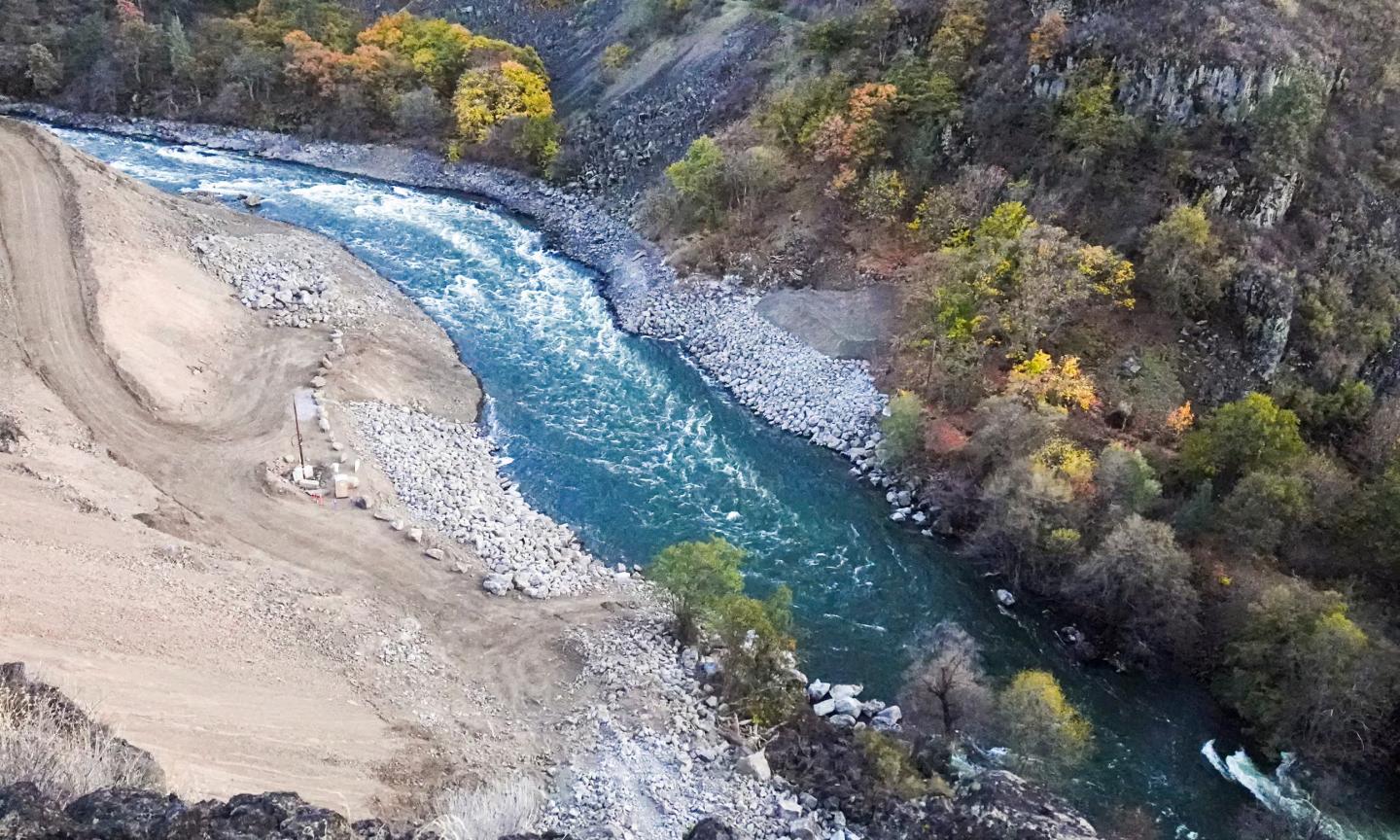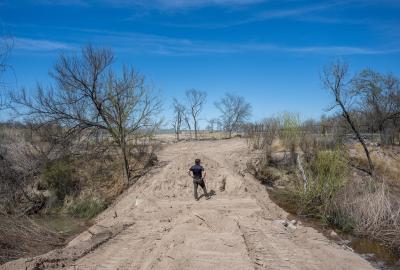This month’s good climate news
Fighting for the planet isn’t easy. These wins prove it’s worth it.
Protecting a critical ocean zone
More than 3,000 feet below the surface is the ocean’s “twilight zone,” a dim stretch of water that teems with life.
But industries like deep-sea mining and fishing are racing to exploit it faster than scientists and policymakers — who are still trying to understand how this hidden world works — can keep up. The rush threatens one of the planet’s most important natural systems for storing carbon and keeping it out of the atmosphere, preventing runaway global warming.
But there’s new hope on the horizon. The International Union for the Conservation of Nature, which boasts over 170 member countries, recently voted to prioritize scientific research over industrial projects until this ecosystem is better understood.
“The mesopelagic zone helps to stabilize our climate, and its species are critical for a healthy ecosystem,” says Kristin Kleisner, an ocean scientist at Environmental Defense Fund. “The passage of this motion puts us on the right track.”

New England’s last coal plant shuts down
Merrimack Station in Bow, New Hampshire, has shut down, marking the end of dirty, coal-fired power in the region. Once a major energy source, coal power has been steadily displaced by cheaper natural gas and renewables.
The closure follows years of repeated pollution violations at the plant and advocacy for cleaner energy from the local community. (It also came despite the Trump administration’s efforts to force many polluting coal plants to stay open.)

Environmental news that matters, straight to your inbox
Solar energy powers second chances
In Houston, a groundbreaking solar installer training program is helping formerly incarcerated people to rebuild their lives and land jobs in the solar industry . Despite the Trump administration cancelling its federal funding earlier this year, organizers pieced together $250,000 in local and philanthropic support to keep the initiative alive.
Led by the Black United Fund of Texas, the city of Houston and Green Thumb Academy, the 22-week initiative offers hands-on instruction, OSHA safety training and solar installation certification while paying participants $18 an hour.
For graduates, the program provides more than technical skills — it’s a pathway to stable employment and supporting neighborhoods long burdened by poverty and pollution.

Wildlife are thriving in restored rivers
In Maine, wild oysters — once central to Indigenous peoples’ diets and long thought extinct — have returned to the revitalized Damariscotta River. In Oregon, Chinook salmon are swimming upstream again, joined by osprey, eagles and otters, following the removal of the Klamath River dam. For communities in both states, the resurgence of native wildlife feels profound. A Maine marine scientist told a reporter that the return of wild oysters is “bringing back a part of the ecosystem that has been a part of who we are as people in this place.”

Kansas farmers go high-tech to fight drought
In Kansas, agriculture is king. But the secret to the state’s successful farms isn’t just the rich soil, it’s also an immense, underground water reservoir — the Ogallala Aquifer, the largest freshwater aquifer in North America.
But ever since the 1930s, when the federal government assigned farmers irrigation rights that accelerated drilling into the aquifer, its groundwater levels have been dropping. If nothing changes, southwestern Kansas is projected to run out of water in the next 40 to 50 years.
One tool that could help farmers better manage the water from the reservoir is OpenET, a free online platform that provides satellite-based data on water use, created by a collaboration between EDF and other leading scientific institutions.


